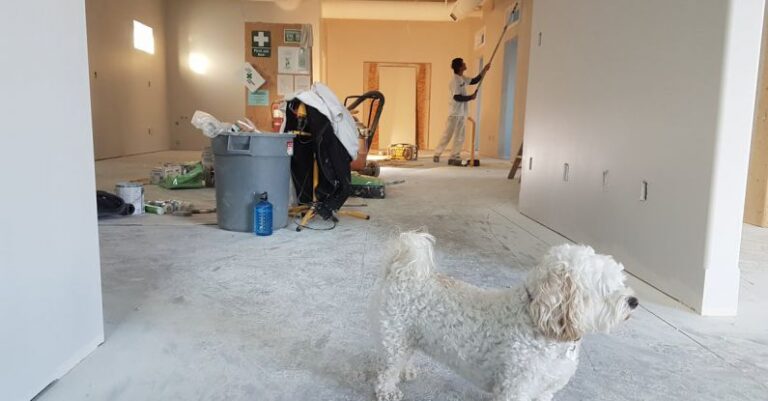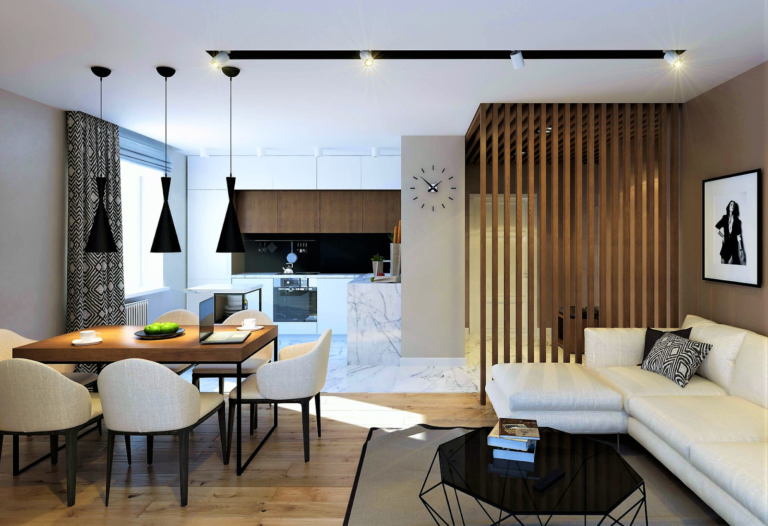
Working from home has become increasingly popular in recent years, with many individuals opting to set up a home office to accommodate their professional needs. While the idea of having a designated workspace within the comfort of your own home may seem appealing, there are both advantages and disadvantages to consider before taking the plunge. In this article, we will explore the pros and cons of adding a home office to help you make an informed decision.
Increased Productivity
One of the main benefits of having a home office is the potential for increased productivity. By creating a designated workspace, you can better separate your personal and professional life, making it easier to focus on work tasks without distractions. Additionally, working from home can eliminate the time and energy wasted on commuting, allowing you to dedicate more time to your work responsibilities.
Flexibility and Comfort
Having a home office provides a level of flexibility that may not be achievable in a traditional office setting. You have the freedom to set your own schedule, take breaks when needed, and work in a comfortable environment that you have personalized to suit your preferences. This flexibility can lead to improved job satisfaction and overall well-being.
Cost Savings
Setting up a home office can also result in cost savings in the long run. By eliminating the need for commuting, you can save money on transportation expenses, parking fees, and work attire. Additionally, you may be eligible for tax deductions related to your home office, further reducing your overall expenses.
Work-Life Balance
Maintaining a healthy work-life balance is crucial for overall well-being, and having a home office can help you achieve this balance. With a home office, you have the flexibility to attend to personal matters as needed without the constraints of a traditional office environment. This can lead to reduced stress levels and a greater sense of control over your daily routine.
Isolation and Distractions
While working from home offers many benefits, it can also lead to feelings of isolation and distractions that may hinder productivity. Without the social interactions and camaraderie found in a traditional office setting, you may feel disconnected from colleagues and miss out on valuable networking opportunities. Additionally, household distractions such as chores, family members, or pets can disrupt your workflow if not managed effectively.
Lack of Boundaries
Another potential downside of adding a home office is the lack of boundaries between work and personal life. When your workspace is located within your home, it can be challenging to disconnect from work and fully relax during non-working hours. This blurring of boundaries can lead to burnout and decreased overall satisfaction with your work arrangement.
Technology Dependence
Working from home requires a reliable internet connection and access to necessary technology tools to effectively communicate and collaborate with colleagues. Depending on your location and existing setup, you may encounter challenges related to connectivity issues or equipment malfunctions that can disrupt your workday. Being solely reliant on technology can also pose security risks that need to be addressed proactively.
Finding a Balance
Ultimately, the decision to add a home office comes down to finding a balance between the advantages and disadvantages outlined above. By carefully considering your individual needs, work style, and preferences, you can create a workspace that enhances your productivity, promotes well-being, and supports your professional goals. Whether you choose to embrace the flexibility of working from home or prioritize the structure of a traditional office environment, it is important to weigh the pros and cons to make an informed choice that aligns with your unique circumstances.





